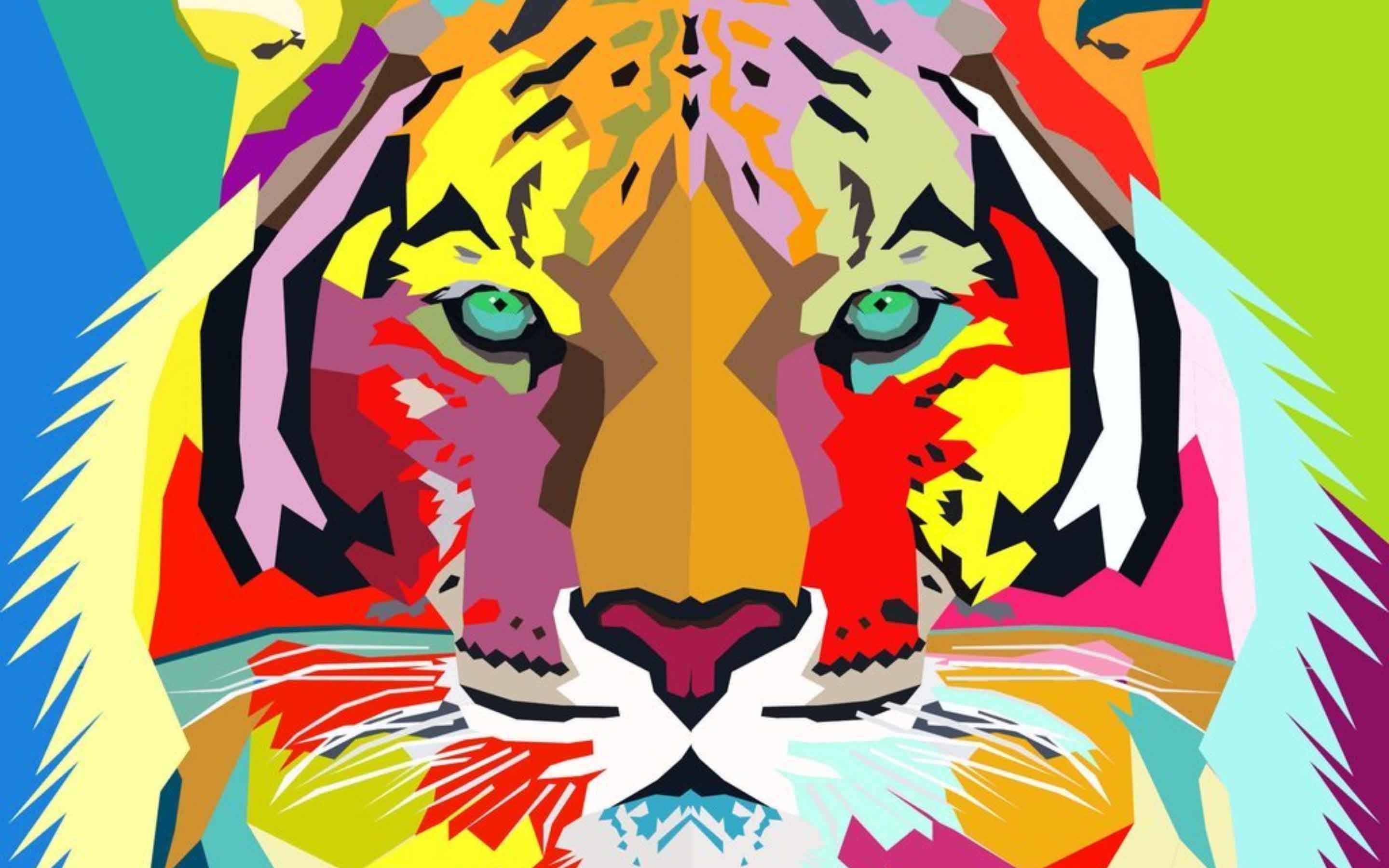Pop art emerged as a prominent art movement in the mid-1950s, challenging the traditional notions of art and revolutionizing the way we perceive popular culture. Over the years, pop art has evolved and transformed, influenced by contemporary trends and technological advancements. In this article, we will explore the evolution of pop art, from its early beginnings with Andy Warhol to the works of modern pop artists.
The term “pop art” was first coined by British critic Lawrence Alloway in 1955, but it was Andy Warhol who truly popularized the movement. Warhol, an American artist, became one of the leading figures of pop art with his iconic works that celebrated consumer culture and mass media. His famous paintings of Campbell’s soup cans and Marilyn Monroe are now considered pop art classics. To get more information about pop art you may visit https:/

Image Source: Google
One of the defining characteristics of pop art is its bold and vibrant aesthetic. Pop artists often used bright colors, bold outlines, and a flat, graphic style reminiscent of commercial advertising and comic books. They embraced the visual language of popular culture, incorporating imagery from movies, magazines, product packaging, and advertisements into their works.
The advent of the digital age has brought new possibilities for pop art. Artists today continue to explore the themes and techniques of pop art, but with a contemporary twist. They incorporate digital tools and technologies into their works, blurring the boundaries between traditional art forms and new media.
The legacy of pop art can be seen in various aspects of contemporary culture, from advertising and fashion to music and design. Its influence on popular culture is undeniable, as it continues to shape our visual landscape and challenge our perception of art.